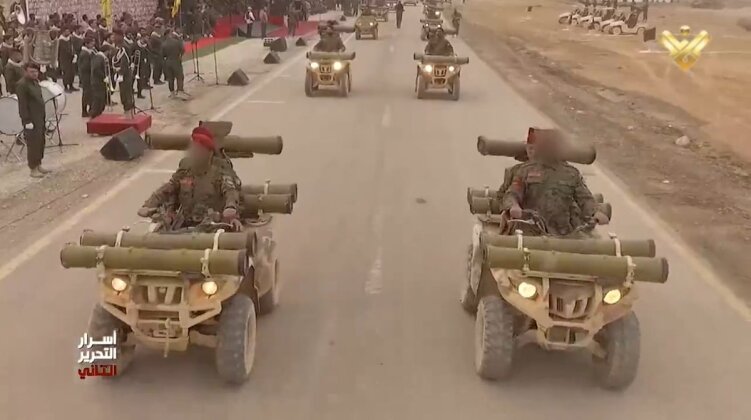News
As Israel Threaten to Turn Lebanon into ‘Second Gaza’, F-15s Fly Low Across Country with Sonic Booms Over Hezbollah Strongholds
The Israeli Air Force has deployed two of its longest ranged fighters, F-15 Eagles, for a low altitude flight Lebanese airspace. The aircraft followed a trajectory from the Golan Hill area over southern Lebanon and across the Lebanese coastline, taking them across the capital Beirut and towards the country’s northern regions. The deployment was seen as a show of force against the Lebanese political party and paramilitary group Hezbollah, the forces of which are heavily concentrated in Lebanon’s southern regions bordering Israel. Flying over the cities of Tibnin and Tyre in southern Lebanon, the F-15s executed a sonic boom and launched flares at low altitudes over the area. The deployment comes as Israeli officials have repeatedly warned that after the mass bombardment of the Gaza Strip, which has caused civilian casualties in the tens of thousands, a similar bombing campaign could be conducted against Lebanese targets, including both Hezbollah strongholds and the capital Beirut. Recent Israeli air strikes have targeted multiple Hezbollah positions in southern Lebanon, including in Rab El Thalathine, Ramyah, Meiss El Jabal, and Ayta Al Shab, according to reports from Tel Aviv.

Hostilities between Israel and Hezbollah have escalated considerably since early October, with the Lebanese militia having provided support for Palestinian forces in the Gaza Strip by initiating skirmishes with Israeli forces from across their northern border. Hezbollah’s military capabilities are considered orders of magnitude greater than those of the Hamas militant group in Gaza, and the militia is considered the only military force to have defeated Israel in the country’s 75 year long history. While Hezbollah’s initial strikes on Israeli positions targeted troop concentrations and armoured vehicles near the border, often using anti-tank missiles, Israeli escalation with much larger retaliatory strikes has led the militia to over the last month engage higher value targets. This has included air defence suppression strikes against Israeli Iron Dome missile batteries, as well as a rocket artillery strike on a major Israeli air surveillance facility on Mount Meron. This attack was launched following an Israeli precision strike which assassinated Hamas deputy leader Saleh Al Arouri in the Lebanese capital Beirut on January 2.

Growing hostilities with Hezbollah have stoked fierce debate within Israel over whether to escalate attacks on Hezbollah positions to a full scale campaign against the militia group. Analysts in both Israel and the West have widely raised doubts regarding Israel’s ability to secure a military victory against the Lebanese group despite significant preperations for such a campaign over the past 18 years. Although Hezbollah has on multiple occasions shot down Israeli drones, the full extent of its air defence capabilities remain in unknown. While Israeli aircraft are unable to bomb neighbouring Syria due to the relatively robust air defence capability deployed, and instead launch long range missile strikes on Syrian targets from outside the country’s airspace, it remains uncertain whether Hezbollah could similarly force Israeli fighters to rely on missile attacks launched from longer distances. Doing so would significantly impede Israel’s ability to attack Hezbollah’s underground tunnel network, which requires use of ‘bunker buster’ bombs such as the BLU-109 and GBU-28 which must be dropped from within or very near Lebanese airspace. Use of air launched missiles is several times more costly and can deliver only a fraction of the payload per sortie. Hezbollah’s primary means of countering Israeli air strikes, however, is expected to continue to be dependence on underground bunker and tunnel networks, which were constructed by North Korean specialists in the early 2000s, as well as by launching rocket, cruise missile and ballistic missile attacks on Israeli airbases.












